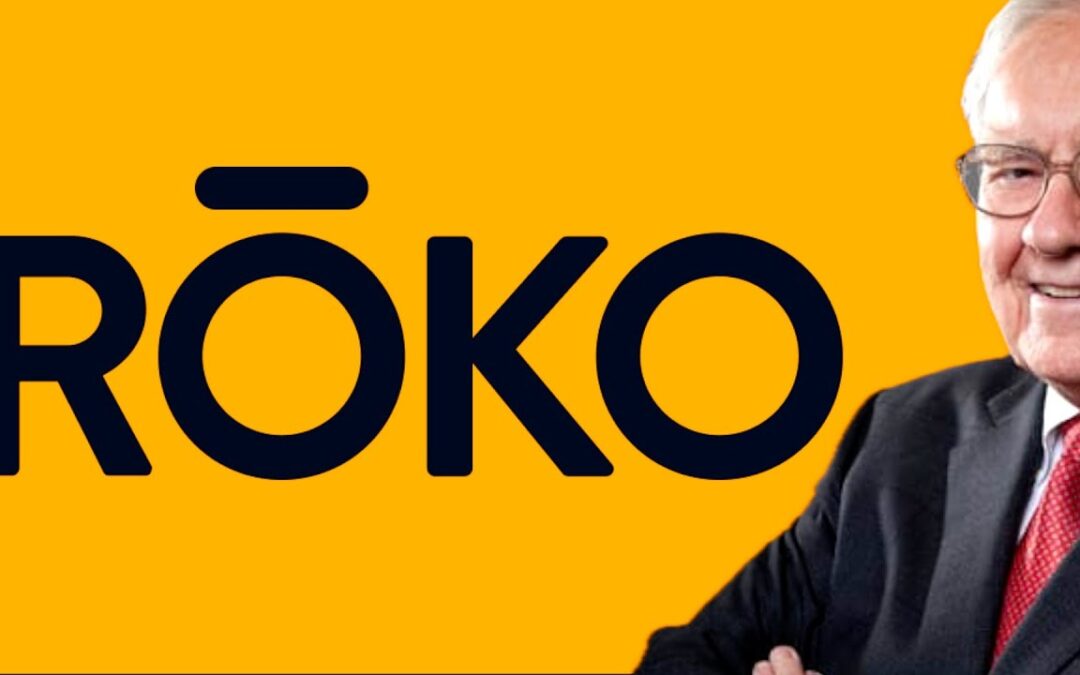ROCO
📈 Roco employs a successful serial acquirer strategy, targeting profitable European SMEs with strict criteria and a decentralized approach, similar to successful peers like Lifco.
👨💼 Led by an experienced CEO, Fred Karlsson, formerly at the highly successful Lifco, Roco benefits from proven leadership in the European serial acquirer space, focusing on long-term value creation.
💰 Despite strong potential and impressive historical growth since 2019, the current post-IPO valuation (around 27-28 times EV/EBITDA) appears high, suggesting caution and potentially waiting for a market correction or improved valuation multiple before investing.
@bernardodegarcia:
“Effectively, we are going to talk about Roco. It sounds quite curious, but that’s how it is. It’s a small Swedish investment company that went public just two weeks ago, no more, no less. It might not be well-known, but it caught my attention for four reasons: capital allocation, the strength and participation of its insiders, its long-term mentality (‘if they win, we win’), and its focus on the European market, which offers less competition when acquiring companies, meaning you can acquire companies literally cheaper. Also noteworthy is the past track record of its CEO at Lifco, one of the most successful serial acquirers in Europe. We will also compare it with Berkshire Hathaway, although the differences are notable, but it seems quite similar after reviewing Roco’s investment philosophy, track record, financial results, and valuation. I will also conclude whether I would buy its shares right now or wait for its IPO to settle down a bit. Roco just went public on March 11th. Its capitalization is around 30.7 billion Swedish kronor, about 2.8 billion euros, so it’s not a literally small company. Its net debt is quite small, about 2.9 billion kronor. The company was born in 2019 by two founders, Thomas Billing and Freddy Carlson, who still control more than half of the voting rights and share Chairman and CEO roles. Interestingly, Fred was CEO of Lifco, a jewel in the world of European serial acquirers, with a shareholder return of almost 28% annually over the last decade just from price appreciation, not counting dividends. Roco uses a similar strategy to Berkshire Hathaway or Lifco: they buy high-quality businesses and hold them forever. However, Roco doesn’t have an insurance business generating free capital yet, nor does it buy listed securities for now. Its balance sheet isn’t in net cash either, operating with some debt to finance acquisitions. Instead, it’s an aggregator of small businesses in Europe, focusing on SMEs with good margins, stable growth history, and committed management teams, buying them at a reasonable price (around 8 times EBITDA) and letting them operate decentrally. They look for companies with at least 10 years of profit growth, an EBITDA margin over 10%, and assurance the management team stays post-acquisition. Additional criteria include leading a niche, being capital-light, having an EBITDA between 2 and 10 million euros, and not depending on a single client. The goal is to buy niche, profitable small businesses with stable management at around 8 times EBITDA, which seems possible in Europe. This multiple allows for portfolio expansion, especially combining financing with cash generated by subsidiaries. If Roco closes 5-10 acquisitions per year with high margins and controlled leverage (2-3 times net debt/EBITDA), even without organic growth, expansion could be 10-15% annually just from reinvesting cash flow. This is the flywheel of serial acquirers. As long as quality criteria are met and management remains disciplined on price, the snowball grows. Roco emphasizes a decentralized style with only eight people in the Stockholm headquarters. They prefer subsidiaries to self-manage with monthly results monitoring. Often, they buy 70-80% of the capital, leaving founders/management with a minority stake to align incentives. Roco has made acquisitions in eight countries, reaching an adjusted EBITDA of about 1.227 billion kronor in 2024, multiplying sales by 10 since 2020. The EBITDA margin is healthy (18-20%), and cash conversion is decent. Net debt/EBITDA decreased from over 6 times in 2020 to 2.1 times in 2024. Compared to Lifco (23% EBITDA margin), Roco’s margin is slightly lower, but it’s in an earlier growth phase. The problem? Valuation. At IPO, Roco’s enterprise value is about 32.37 billion kronor. With an EBITDA slightly over 1.2 billion kronor, it trades at 27-28 times EV/EBITDA, which is very high for a company whose recent growth, while good, hasn’t been explosive. Many project more moderate growth of 10-15% long-term. Even projecting 20% growth to 2026, the multiple might drop to 19 times EBITDA, still elevated. Lifco trades similarly, around 30 times EV/EBITDA, with expected growth of 14-15%. Roco might be slightly cheaper than Lifco (perhaps 20% less), but still not a bargain. So, is it worth buying Roco now? The philosophy, decentralization, buy-and-hold strategy, CEO experience, and European SME market opportunity are compelling. However, the multiples are a deterrent. It seems sensible to put Roco on a watchlist and wait for either a market correction or for the company to grow its EBITDA without the stock price soaring, bringing the EV/EBITDA ratio down towards a more reasonable 15-20 times range. Opportunities always arise. We don’t know when a macro shock, lack of acquisitions, or recession might cause a correction. In conclusion, Roco is a new player in the European serial acquirer league with DNA similar to Lifco, ATECH, and In Trade. With the right management execution, it could deliver excellent long-term returns. But at the current price, I’d prefer to wait for a pullback. A 20% discount from current levels would make me feel more comfortable.”
Watch the exact part of the video where Bernard talks about Roco AB here:
Watch the video on YouTube
Read more articles analyzing Roco AB (ROCO) at the provided link. ROCO stock.


